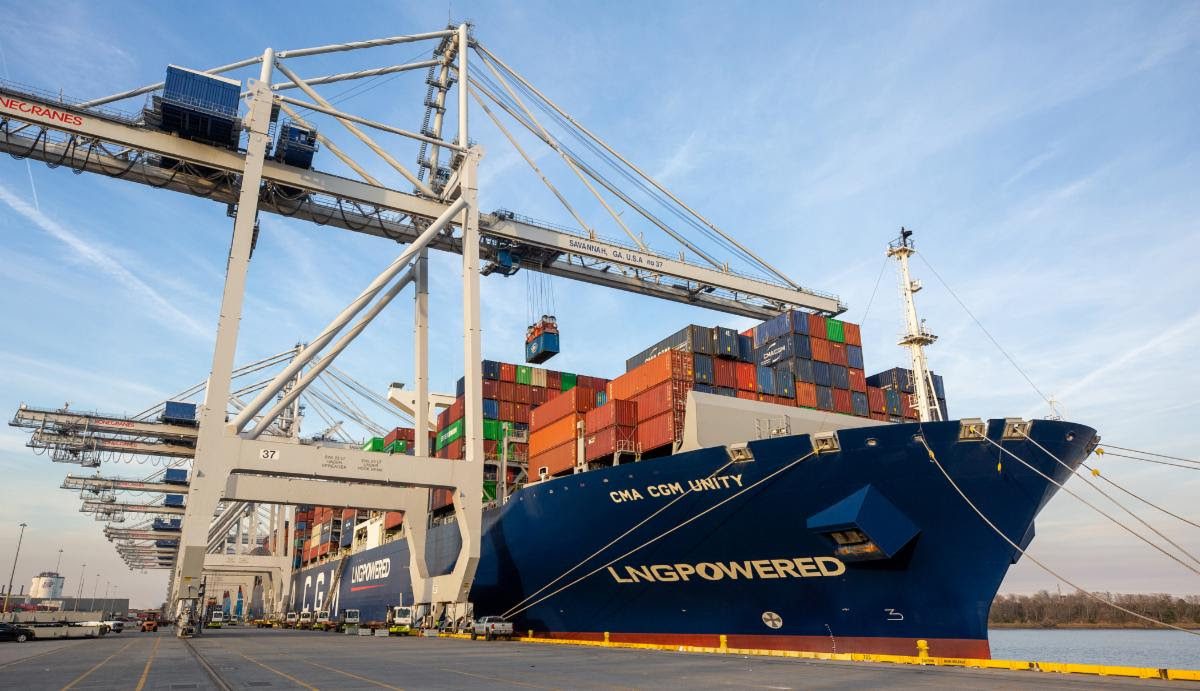
New Study Reveals Potential for Shore Power to Slash U.S. Port Emissions
Article from gCaptain
A groundbreaking study by the International Council on Clean Transportation (ICCT) has identified significant opportunities for U.S. ports to reduce air pollution and greenhouse gas emissions through the implementation of shore power technology, known in the industry as cold ironing.
The study, the first of its kind to conduct a nationwide screening of port emissions from at-berth vessels, estimates that in 2019, these ships emitted approximately 27,000 tonnes of air pollutants and over 1.4 million tonnes of CO2.
“Shore power allows at-berth vessels to plug into the local electrical grid and turn off auxiliary engines that would otherwise burn fossil fuel,” explains the ICCT report. “This technology can help the maritime industry transition away from diesel fuels and reduce emissions that harm the health of people in communities near ports and local ecosystems.”
Using advanced modeling techniques and Automatic Identification System (AIS) data, researchers identified 43 high-priority ports and port groups that overlap with lower-income areas and regions failing to meet EPA air quality standards. The study then categorized these locations into four priority levels based on emission estimates and nearby population density.
“Our findings highlight the urgent need for targeted investments in shore power infrastructure, particularly in priority 1 and 2 ports such as New York City, Los Angeles, New Orleans, and Seattle,” said Bryan Comer, Marine Program Director at ICCT.
The study also notes that federal funding is available for ports to install zero-emission equipment, develop air quality monitoring plans, and conduct more detailed emission inventories. These efforts could pave the way for further decarbonization initiatives and meaningful improvements in air quality for port-adjacent communities.
As the maritime industry faces increasing pressure to reduce its environmental impact, this study provides a roadmap for policymakers and port authorities to make informed decisions about shore power investments, potentially marking a significant step towards cleaner, more sustainable port operations across the United States.
